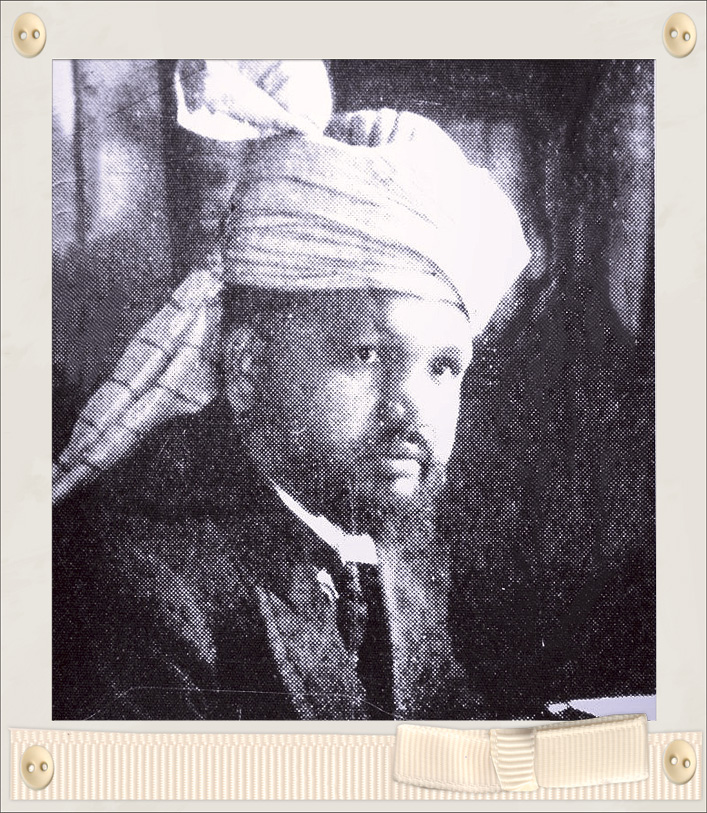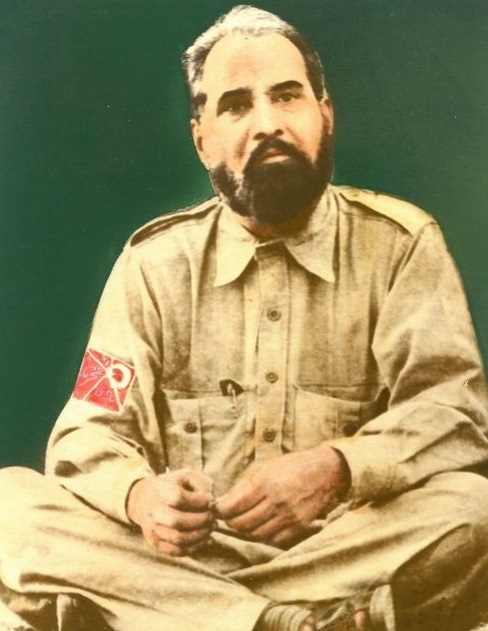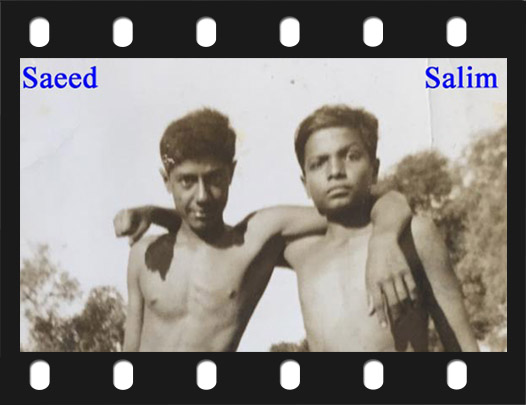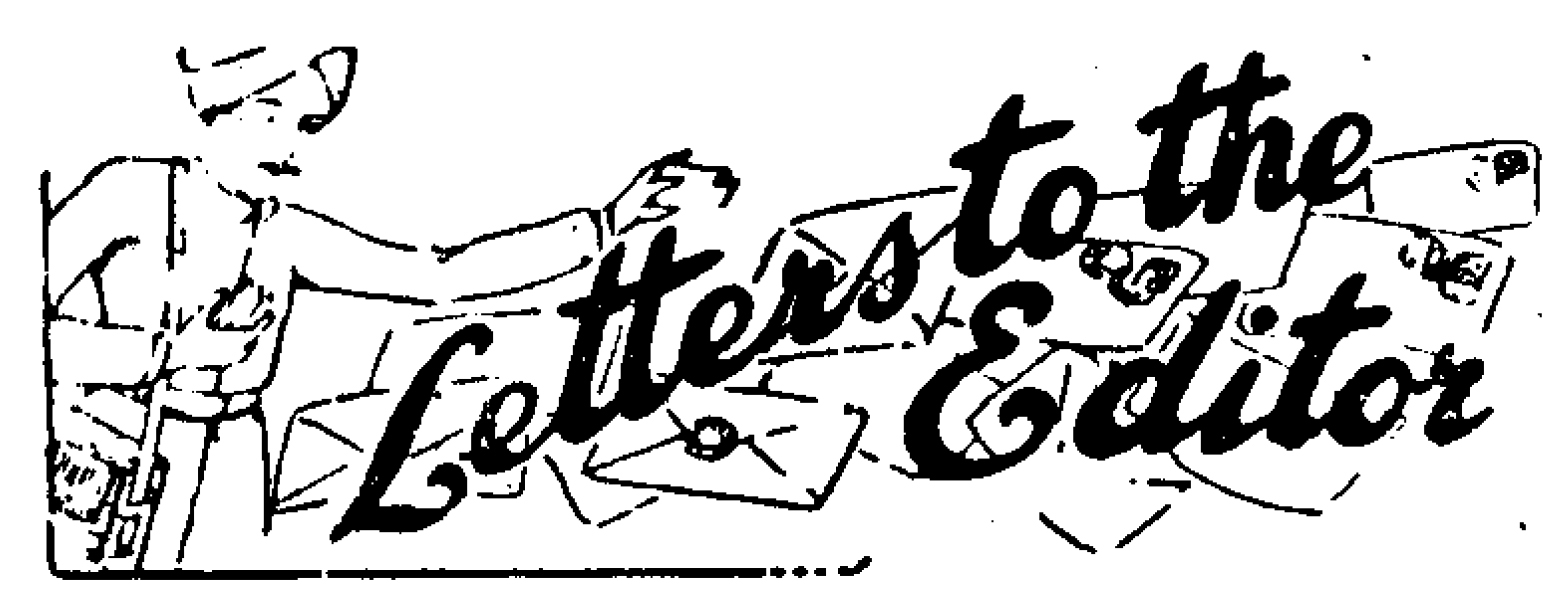Future of Islam in India – Part 2
Mian Bashir Ahmad’s book, Past, Present and Future of Muslims, which has pressed the above topic on our attention is exceedingly thought-provoking. It begins, as usual, with a picture of the glory and grandeur that once belonged to Islam. The scholarly author recounts the glories of Cordova and Baghdad. Baghdad had a population of 2 million and extended over an area of 120 by 6 miles. It had 65,000 hot baths. Cordova had a population of one million, 3,300 mosques, and 60,000 palaces. Western writers say that at night one could walk for 10 miles in the light of its streetlamps. This was 700 years before the first lamp was set up in the streets of London. The prosperity of the Muslim State of Spain may he judged from the fact that annual income of Caliph Abdur Rahman exceeded that of all the Kings of Europe put together. Al-Hakam’s library had six lac volumes. Its catalogues alone covered 44 volumes. The author quotes Hindu historians to show that even in India, there was far greater prosperity than today. In the reign of Firoz Tughlaq alone were made 200 canals, 500 hospitals and 100 bridges. According to Max Muller Bengal had 80,000 schools under Muslim rule at the time of the English advent. Agra was considered to be bigger at the time than London. One Muslim merchant of Surat Abdus Samad alone had 100 cargo ships. A glowing picture all this but to a feeling heart all the more biting when viewed against the background of present-day deterioration of Islam. The writer following up the trail of the rise and decline of Islam comes to the present-day conditions. Disintegration among Musalmans has reached a stage, he says that according to many it is now past cure. On the top of it are the hundred and one other ills such as poverty, ignorance, mutual bickering and superstitions. And what are those who, as leaders and thinkers of the community, are groping for a way to save the sinking bark doing? Everyone has a recipe of his own to prescribe.
Sir Syed Ahmad Khan saw in education the only means to save Islam in India and there are still many who cling to that view. Others emphasize due representation of Muslims in the services. Economic reconstruction is the watchword with many others. To the “nationalist Muslims”, the safety of Islam lies in joining the Congress. The separatists see safety in eschewing Congress contact as gall and wormwood. They pin their hopes on Pakistan. As to the younger generation, they are turning to Moscow for inspiration and shout for throwing religion overboard.
Such is the babel of confusion in the House of Islam. There are practically as many physicians as there are patients. Iqbal summed up the situation in the couplet:
آنکہ کرید لا ا لہ ہے چارہ ایست فکرش از بے مرکزی آوارہ ایست
“He who recites the Kalima is helpless,
Confusion has seized his thoughts for lack of a centralizing force. ”
Coming to constructive side of things, however, the author betrays the same lack of insight that has characterised all previous attempts at regeneration and revival of Islam. He mentions certain literary and organizational attempts here and there, such as the All-India Muslim Students Federation, the Muslim students Brotherhood, a pamphlet on ” Islamic Culture in India, ” by some one, the Pakistan movement and so forth and reads in them signs of Muslim regeneration. We are afraid we are not so optimistic as that. These symptoms are far feebler than some of their predecessors. In fact there is nothing in all these so-called movements of regeneration to match the movement of Sir Syed and his illustrious school. In point of wide-spread enthusiasm and organization, Mian Bashir cannot point to a single one of these attempts as anything like approaching the Khilafat Movement and the tremendous force it became under the fiery leadership of the Ali Brothers. Among the leaders who, in fact, are the moving spirits of such movements with whom such movements rise and fall, one would in vain comb Muslim India from Peshawar to Calcutta for fighters of such calibre. What has become of these movements? They no doubt did much good in their own day. Muslim India owes a heavy debt to Sir Syed. Were it not for him, Muslims would by now have been another caste of untouchables in India. The Khilafat Movement also took the Musalmans a long way on along the road of political awakening and organization. But the question remains: Where are the Muslims today? Comparatively speaking, they occupy a more critical position in India than ever before. Never before in the history of this country was the very existence of Islam in danger – not even in the post-mutiny period.
If the Movements of Sir Syed and Ali Brothers fell short of welding the Musalmans into a compact living nation, it is over-optimism indeed to see a silver-lining in isolated literary or organizational efforts here and there.
The writer ignores one other side of the question – the disintegration among Muslims. It has actually gone from bad to worse. Previously it was confined to the realm of religion. Sunnis, Shias, Wahabis, Hanafis, Ahmadis, and Qadianis used to run at one another’s throats. Now we have something over and above that. Religious fanaticism has been carried into the field of politics. The league and the jamiat-ul-Ulema, the Ittihadis and Ahraris, the Frontier Red Shirts and Khaksar — they are as deadly against one another as two fanatical Mullas of rival sects. Subhas Babu and Patel can meet as brothers, notwithstanding their differences, but Husain Ahmad (Deobandi) would not like to see the face of Jinnah. Is this the way to national revival and regeneration?
Just consider another very vital factor. The League, although growing in strength and popularity, is no match, so far as the general masses go, for such organizations as the Ahrar or jamiat-ul-Ulema. But just at the time when Hindu India is maturing schemes to make Hindustan the land of Hindu faith and culture and reduce the Musalmans to the plight of the Jews of Germany, these two organizations (Ahrar and jamiat-ul-Ulema) are fighting as mercenaries to strengthen the forces of Hindu domination. This surely is not the way to revival.
Strangely enough, the learned writer omits to mention just one force which has some justification to be counted as a force – viz. the Khaksar Movement of Allama Mashriqi. If there is some organizational force worth mentioning among the Musalmans just now it is the Khaksar Movement. But what is the fate Mashriqi is meeting at the hands of Musalmans? If he were a Hindu and had done half as much for the Hindus, he would have been hailed as Mahatma Inayatullah over the length and breadth of the country. How have the Musalmans shown recognition of his services? Not content with the fatwas of local Mullas declaring him Kafir, they have invoked the help of Allama from Egypt and forged or got confirmation of their fatwas in their name.
These certainly are not the ways of the people who arc going to play a role in history, who are on the verge of a revival or regeneration. Something more dynamic is needed to weed out, on the one hand, all this sort of petti-mindedness from among the Muslims and electrify them on the other with a deep faith in their Destiny and an all-consuming passion to serve as the driving force behind it. This can only be the force of a glowing ideal – an ideal, however, not confined to sweet sermons or songs but translated into the minutest detail of daily life. This; we will discuss in our next.
M.Y.K.
(The Light – March 16, 1939)







